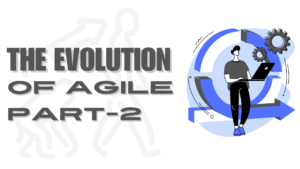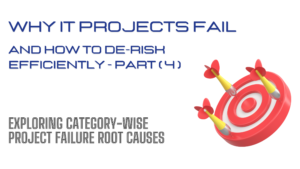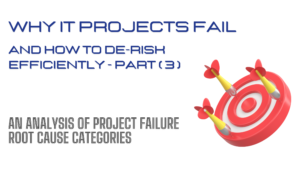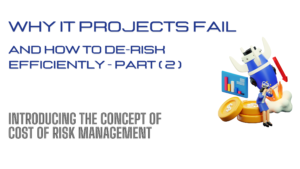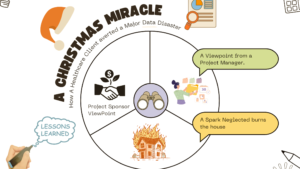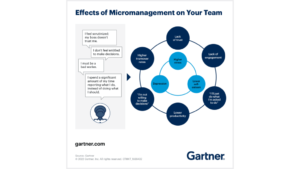McKinsey: Building a cloud-ready operating model for agility and resiliency
Four operating-model changes can help companies accelerate the journey to cloud.
With customer expectations and technology evolving at an unprecedented clip, moving to cloud is increasingly becoming a strategic priority for businesses. Capturing the $1 trillion value up for grabs in the cloud, however, has proven frustratingly difficult for many companies. One of the main reasons for this difficulty is that IT’s operating model remains stuck in a quagmire of legacy processes, methodologies, and technologies.
Overcoming this problem requires business and IT to take a step back and think holistically about their cloud operating model. And they need to move now. IT has become integral to driving value and a crucial enabler in meeting business and customer expectations of speed, flexibility, cost, and reliability. At the same time, the risk of failure is increasing because of the growth in complexities and demands around new architectures, agile application development, on-demand access to infrastructure through self-service, cloud migration, and distributed computing, to name a few.
While most organizations will need to adopt a hybrid-cloud approach for the foreseeable future, it will be hard to capture much of cloud’s value without reimagining the IT infrastructure that is ground zero of the cloud operating model. Set up correctly, infrastructure can quickly expand access to new services and products, accelerate time to market for application teams, and cut operating costs at the same time—all of which unleash businesses’ innovation potential.
To capture these benefits, companies must undertake a holistic transformation of infrastructure grounded on four mutually reinforcing shifts: adopt a site-reliability-engineer (SRE) model,1 design infrastructure services as products, manage outcomes versus activities, and build an engineering-focused talent model. The benefits of these shifts can accrue to infrastructure and operations (I&O) even if they remain completely on-premises.
While each of these practices is well established, not many IT organizations have so far brought them together into a single operating model where they can function as a powerful combination of capabilities that can radically improve how IT operates. But we have seen companies that do so simultaneously improve resiliency, labor productivity, and time to market by 20 percent or more. One B2B service provider that carried out this transformation experienced a 60 percent reduction in change failure rate (the rate or frequency with which a system or service fails) while reducing labor spend by 30 percent.
Perhaps more important than understanding the power in combining these four elements of the model is having a practical approach to making it happen, derived from lessons in the field. The complexity and scale of an infrastructure transformation make evident the value of careful orchestration, creating points of integration with a wide array of functions across IT and the business, and sequencing activities to reduce risk.
Read the entire article here.
Authors: Santiago Comella-Dorda, Mishal Desai, Arun Gundurao, Vasanth “Krish” Krishnakanthan, and Selim Sulos.

